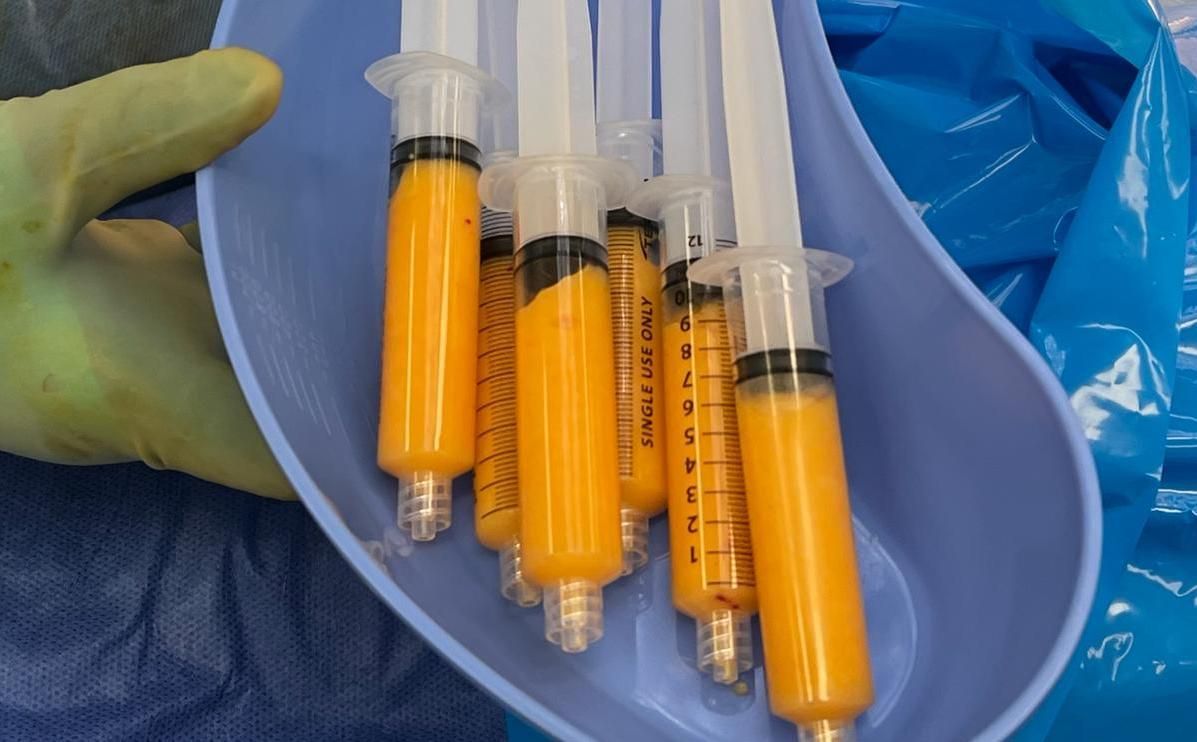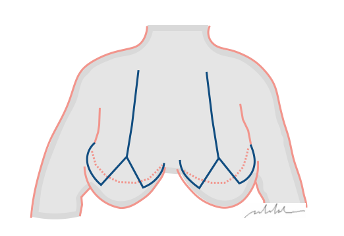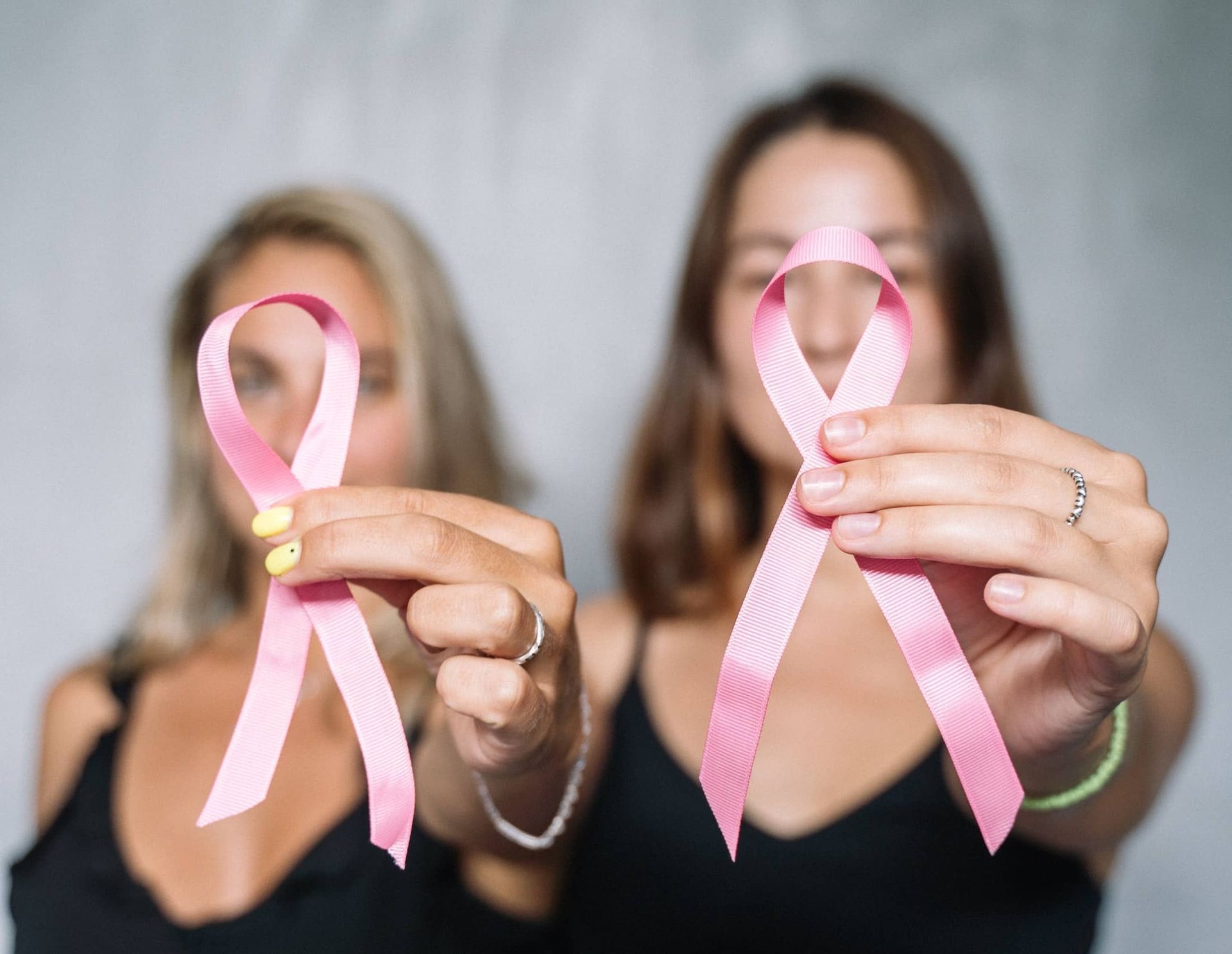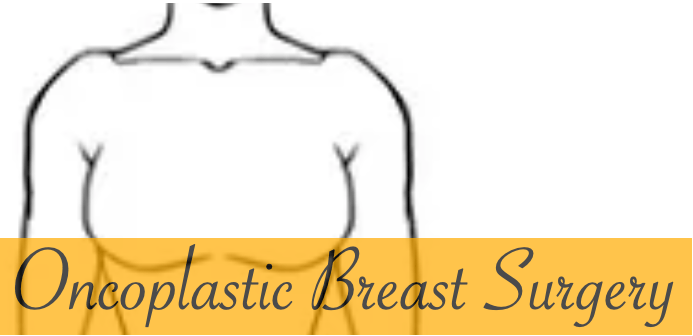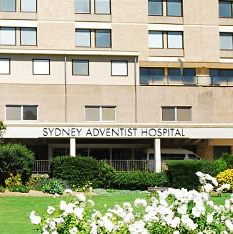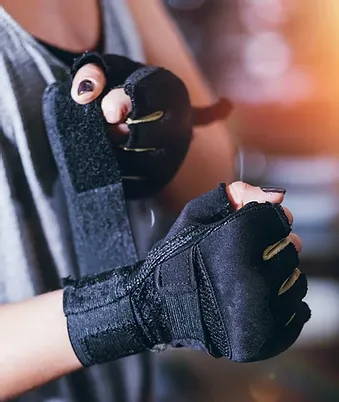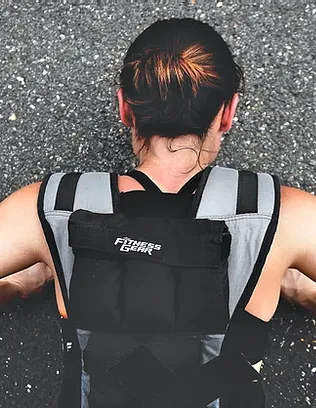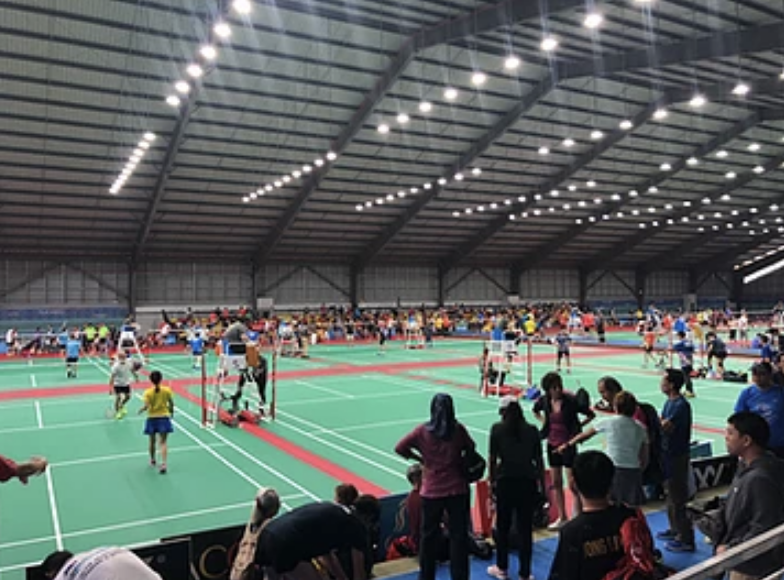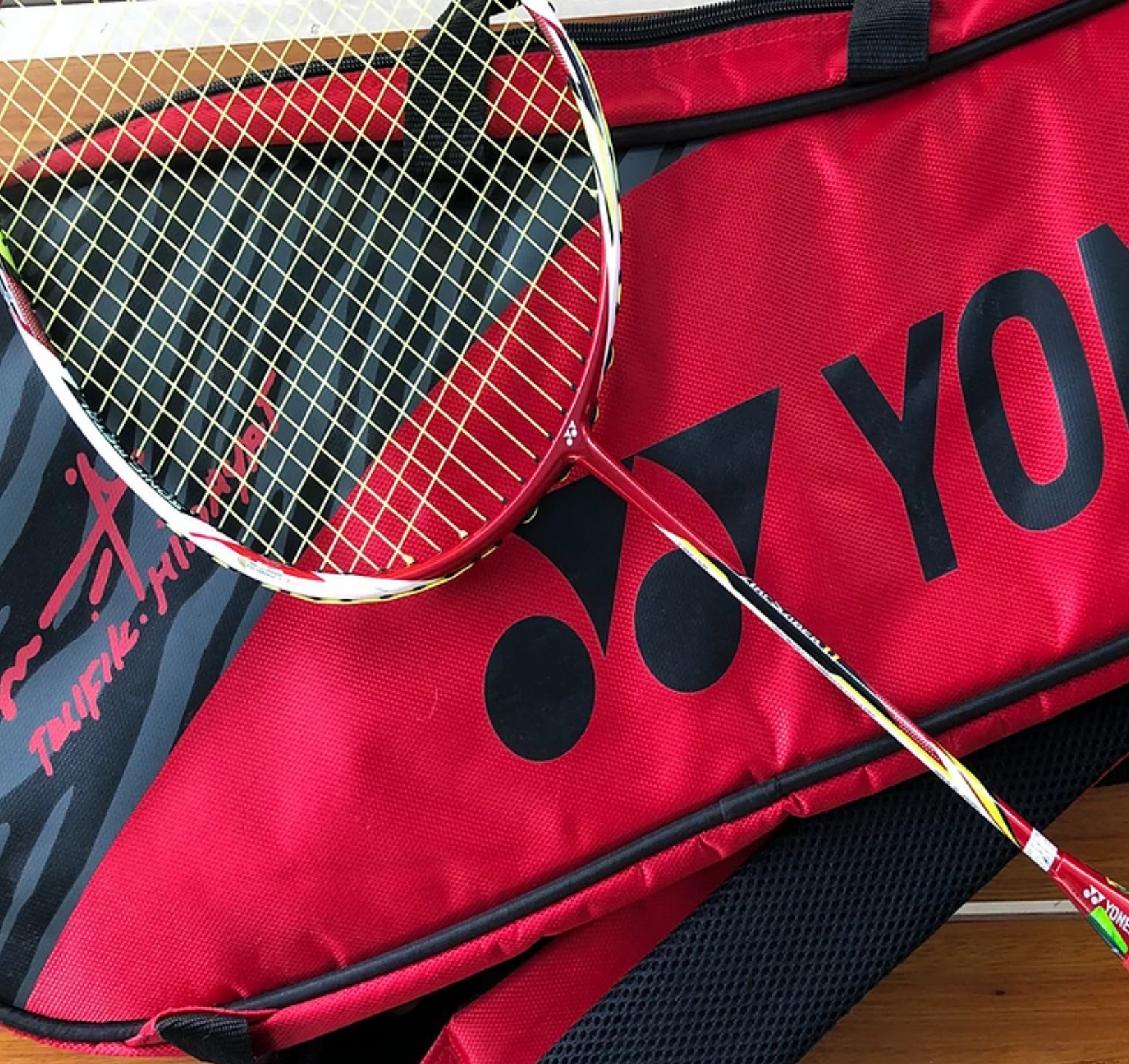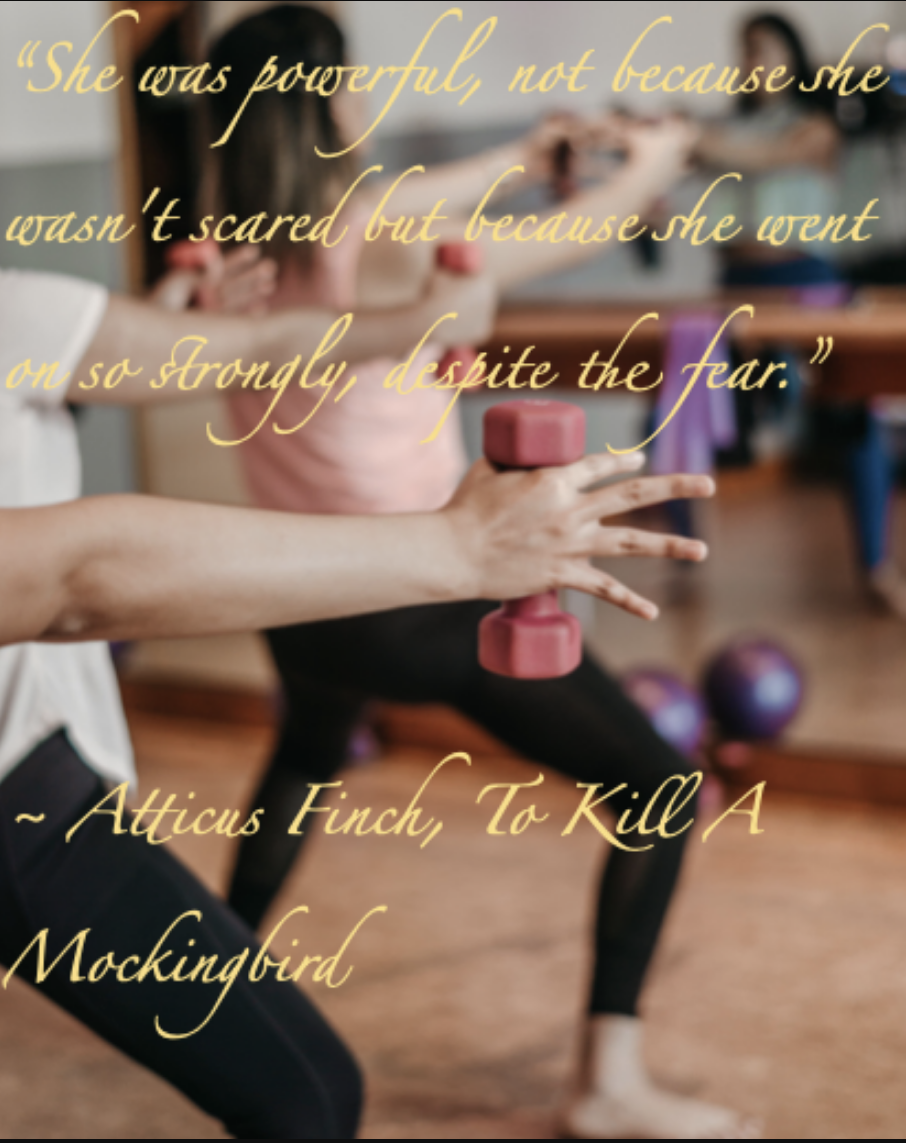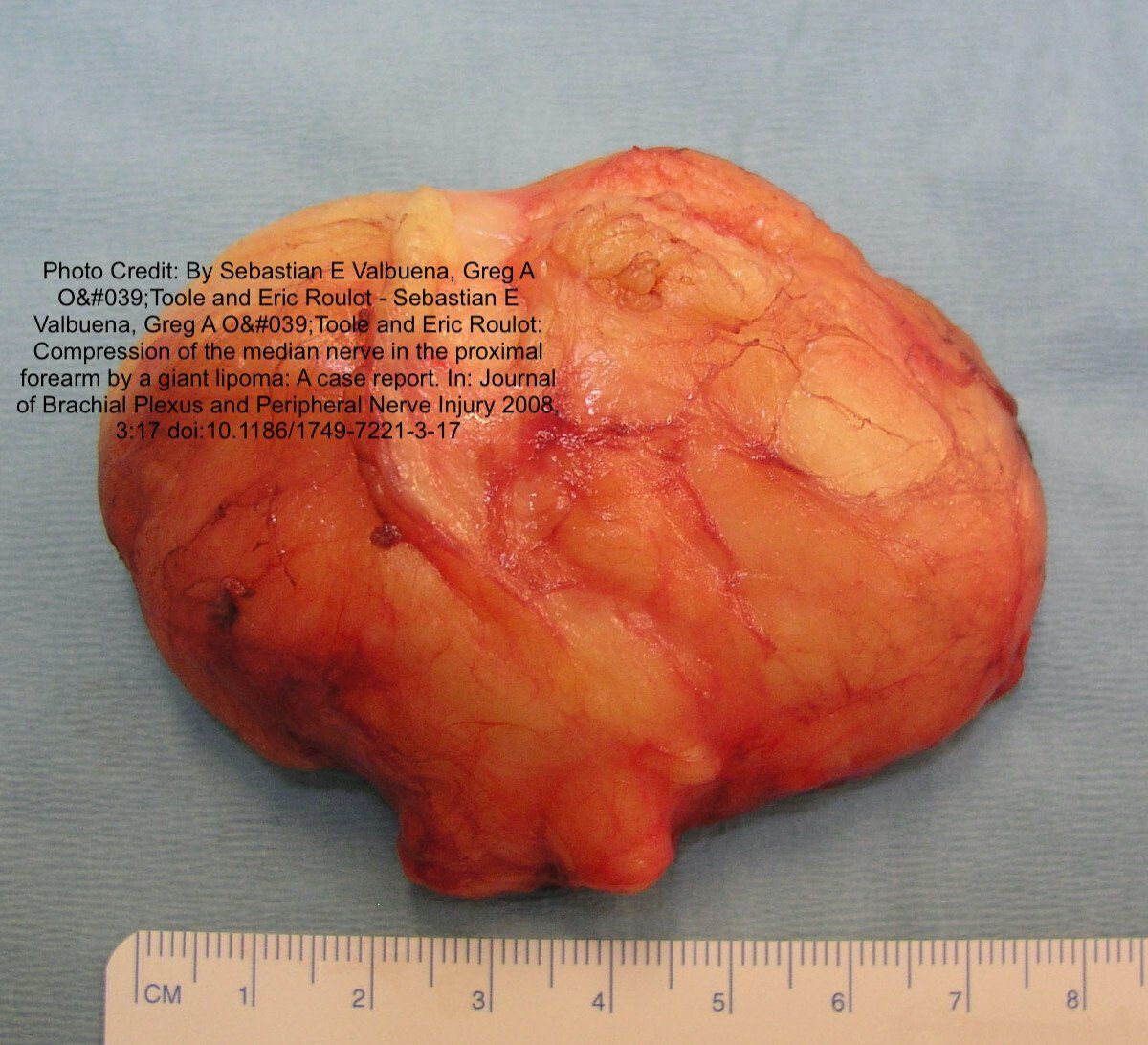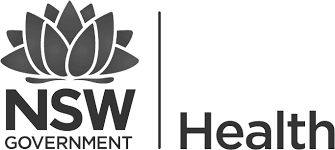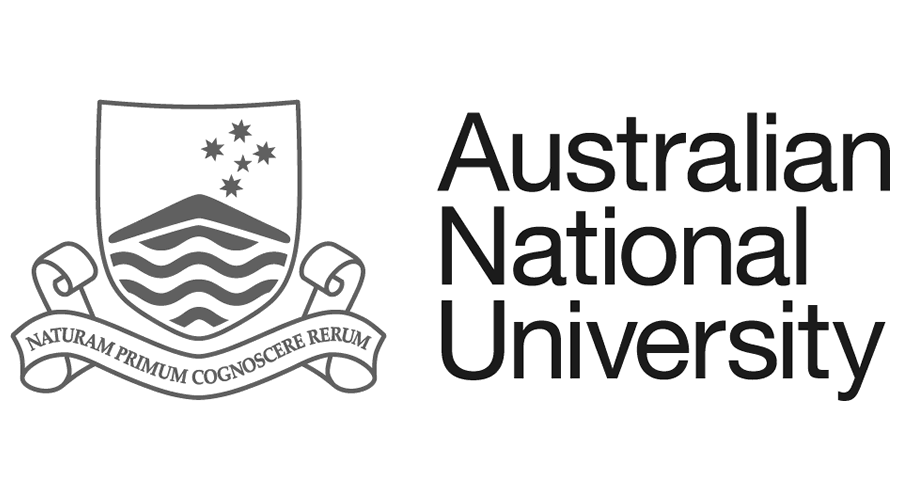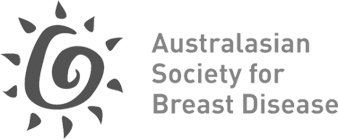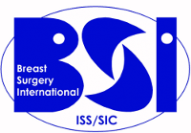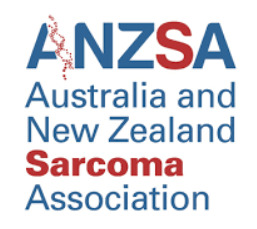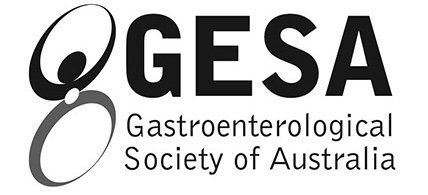5 Easy At Home Bodyweight Exercises To Reduce The Risk Of Breast Cancer
I laid down my badminton racquet in March 2020. Like its universal effect on everyone and everything, Covid19 had impacted on my favourite "exercise." I was not motivated enough to look for a suitable substitute and had, over the past few months let this part of me down. A couple of weeks ago, I decided that enough is enough, and did some research on how to do a complete workout at home. (Thanks Adrian for your gym junkie expert advice!) For the purpose of this piece, I have related it to breast cancer risk reduction, although we all know that exercise, simply put, is good for everything!
Physical activity is vital to improve your quality of life, but there's more to it — it helps prevent cancer! Medical professionals and researchers worldwide advocate that exercise prevents excess fatty tissue accumulation and helps reduce the risk of breast cancer. According to Cancer Council, Australia physical inactivity is responsible for 14% of colon cancers and 11% of post-menopausal breast cancers - and probably contributes to many other cancers.
In this post, we'll go over the five essential yet straightforward body weight exercises that you can incorporate into your daily routine at home. Before going into it, let's take a look at an important question most people ask when it comes to exercising and prevention of breast cancer.
How Much Exercise Is Enough?
When we talk about exercising, we're not referring to rigorous workout programs. The American Society of Clinical Oncology recommends approximately two and a half hours of physical activity weekly. You don't necessarily have to include intense exercise sessions in your routine; a 30-minute regime daily is more than sufficient.
5 At Home Exercises To Reduce Risk Of Breast Cancer
The following are five significant but easy (gentle start, easing into a routine) types of exercise for breast cancer prevention; you can incorporate these activities into your everyday workout. These are all body-weight exercises, so you don't need to worry about owning weights, dumbbells or any other kind of fancy equipment. Just motivation; that's a whole new post!
1. Cardio
Any movement that raises your heart and breathing rate, while improving the function of our heart, lungs and circulation is Cardio. Cardio helps improve blood flow, boosts hormonal balance, and keeps the overall body healthy. A 10 or 15-minute cardio session is enough for beginners.
This exercise may include running, skipping, boxing, even dancing; anything that involves high aerobic activity.
2. Squats
Several campaigns, such as the 53 Squat Challenge by National Breast Cancer Foundation, have promoted the incorporation of squats in everyday workout routines in their goal of breast cancer awareness 2020.
Squats help strengthen your core and reduce calories. As a beginner, try squatting 12 to 15 times and complete three sets.
3. Push-ups
Push-ups involve shoulders, pectoral muscles, and triceps. These muscles are the most relevant to your chest and have the most significant role as a breast cancer exercise.
Exercising for these muscles every day helps maintain their health, strength, and endurance. Plus, it ensures proper blood flow and improves hormonal imbalance. Performing 5 to 6 sets a day is enough; involve as many repetitions as comfortable.
4. The Plank
The plank is a simple but effective bodyweight exercise; a core exercise that helps build stability and strength throughout your entire body. The plank works out a tremendous number of muscles in your body, which makes them appealing for all sorts of training – strength, endurance, you name it. If you do it everyday, you burn more calories than any other common exercises for abdominal muscles. Planks can be performed by people of pretty much any age, as long as they are physically fit. Kids can start out doing planks and if they continue to do so, they will be able to continue the exercise into old age.
5. The chair dip
Finally, 'chair dips' exercises are excellent for women's health and health in general. It targets the muscles in the back of the upper arms. It is an effective exercise, and can be tough depending on how you position your feet. When the knees are bent, the exercise is easier. Highly recommend this particular exercise when it comes to physical activity and breast cancer prevention.
Beginners should aim for 10 to 12 repetitions to reduce the risk of injury, use a chair that has arms.
How Exercise Helps Reduce The Risk Of Breast Cancer
If you are wondering what the basis of breast cancer and exercise research is, you must first understand the effects of exercising. Physical activity helps improve your immune system, decrease body fat percentage, stimulate positive mental effects, and relieve stress. All these effects directly correlate with reducing the risk of any cancerous growth in your body. When your mental, hormonal, and muscular health is in check, cancers of all sorts stay at bay.
Social Listings
